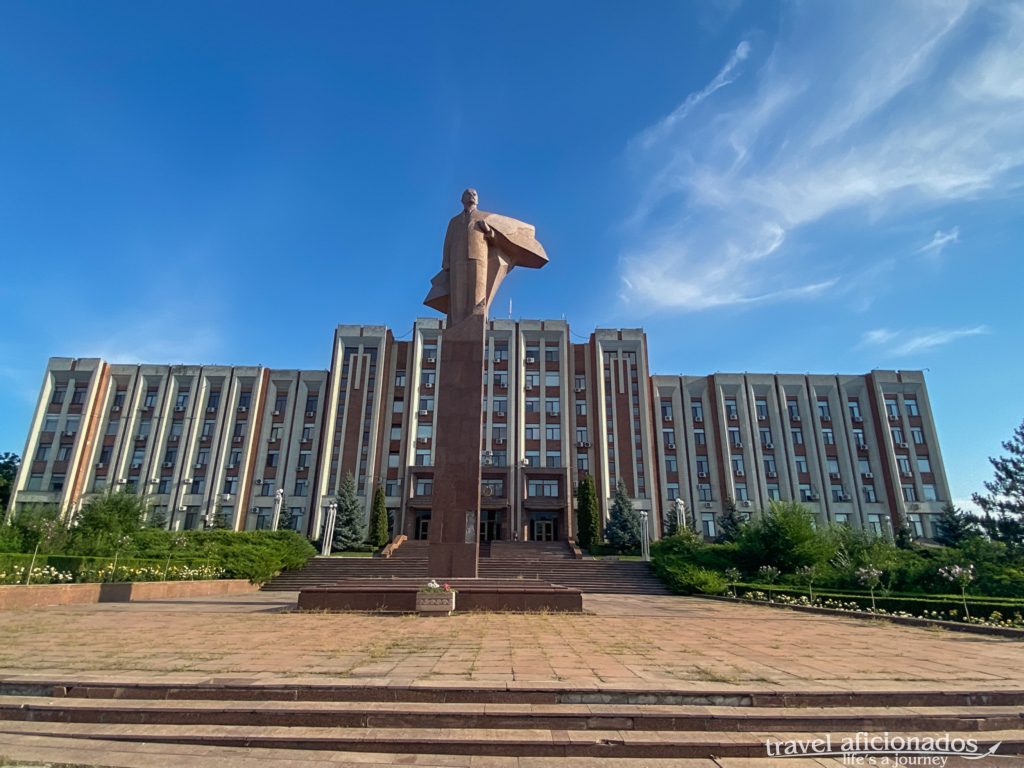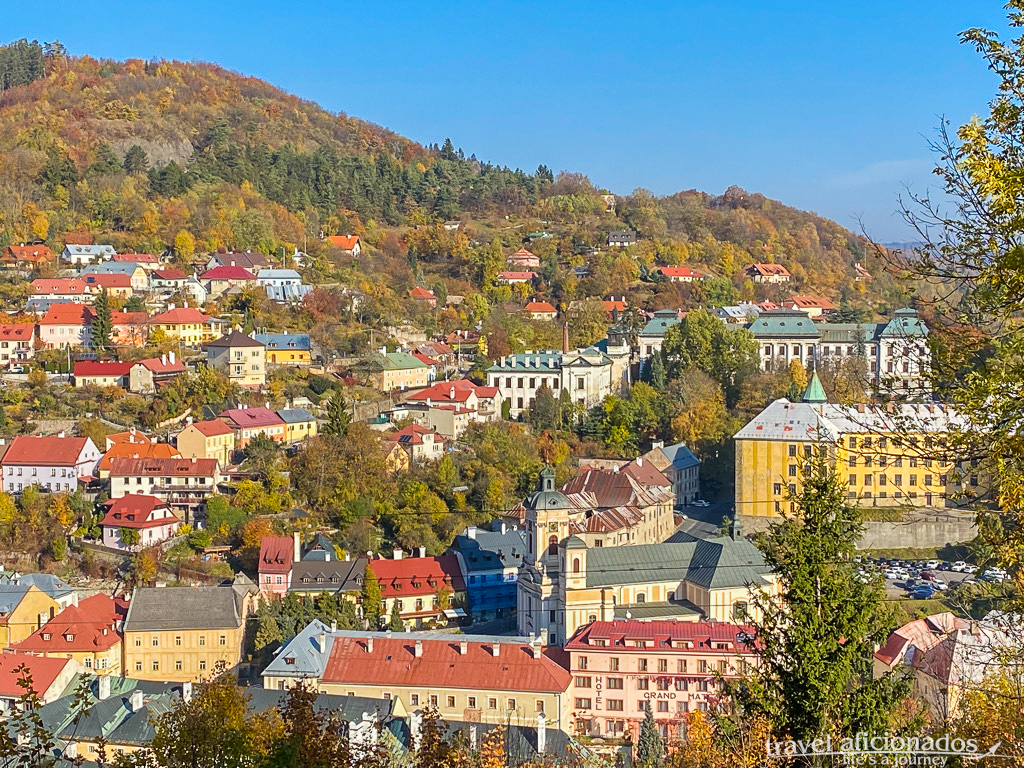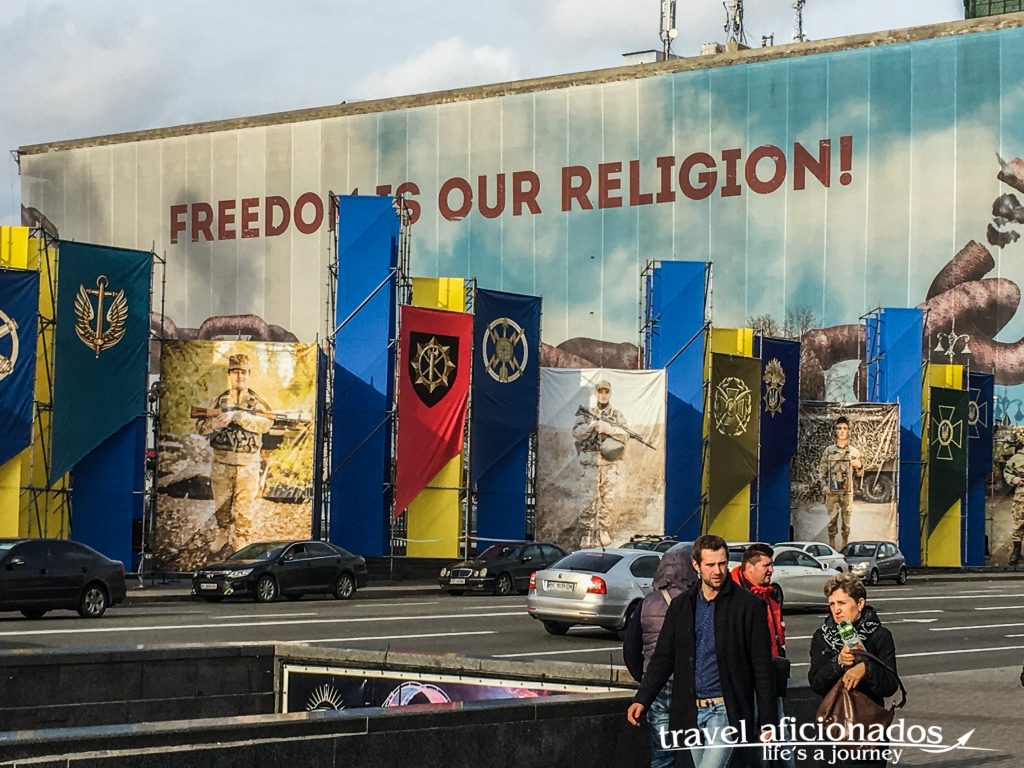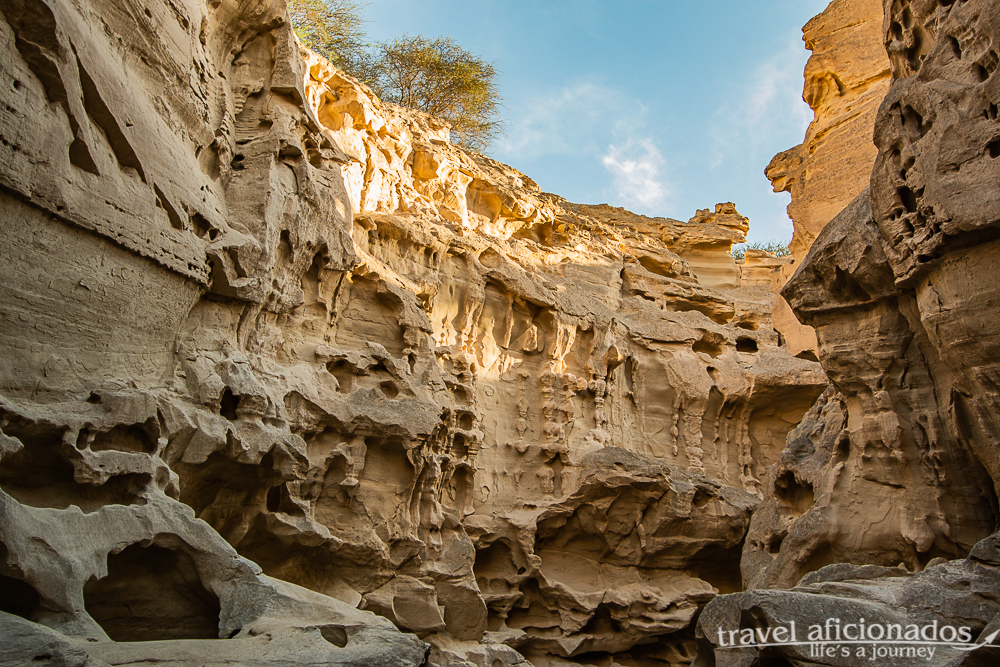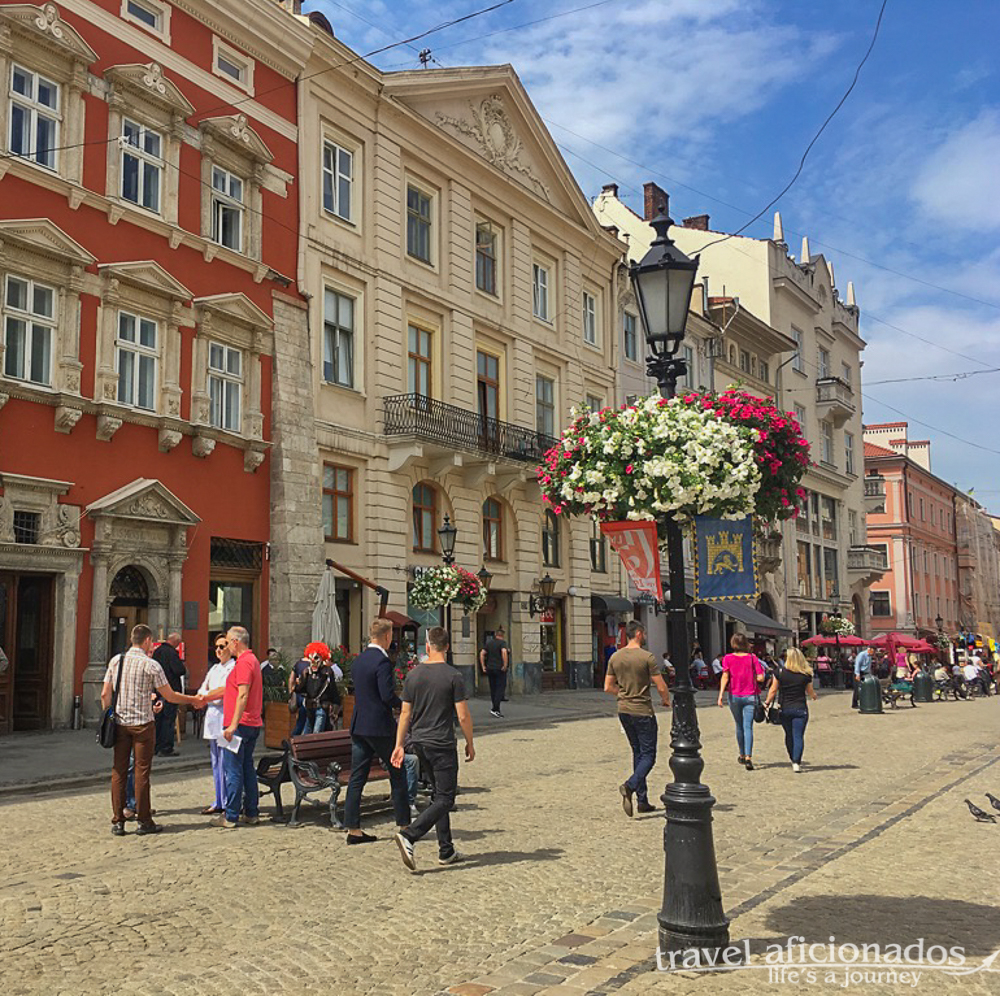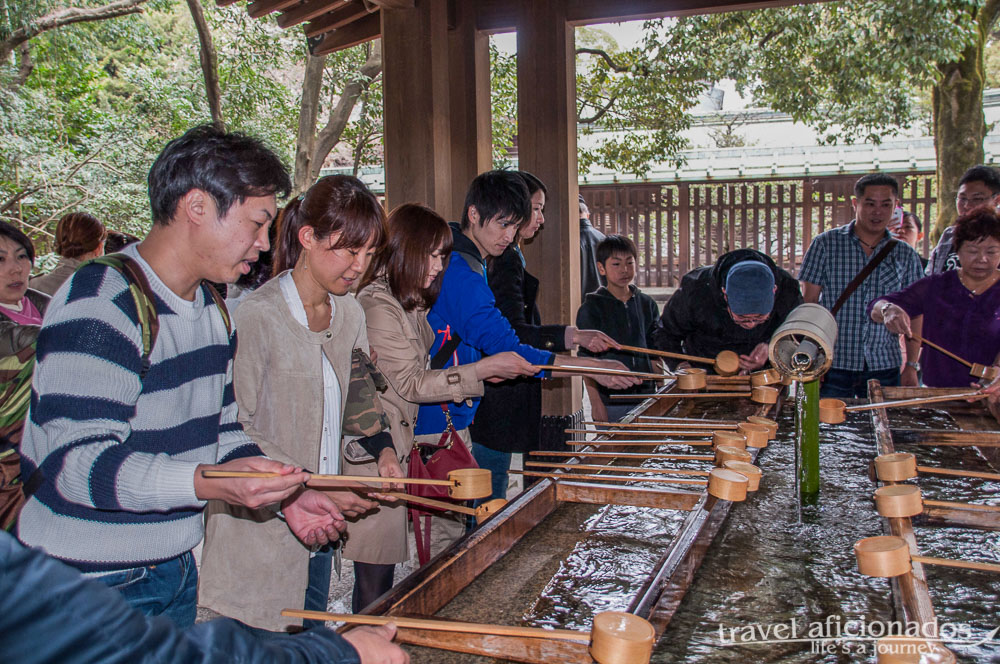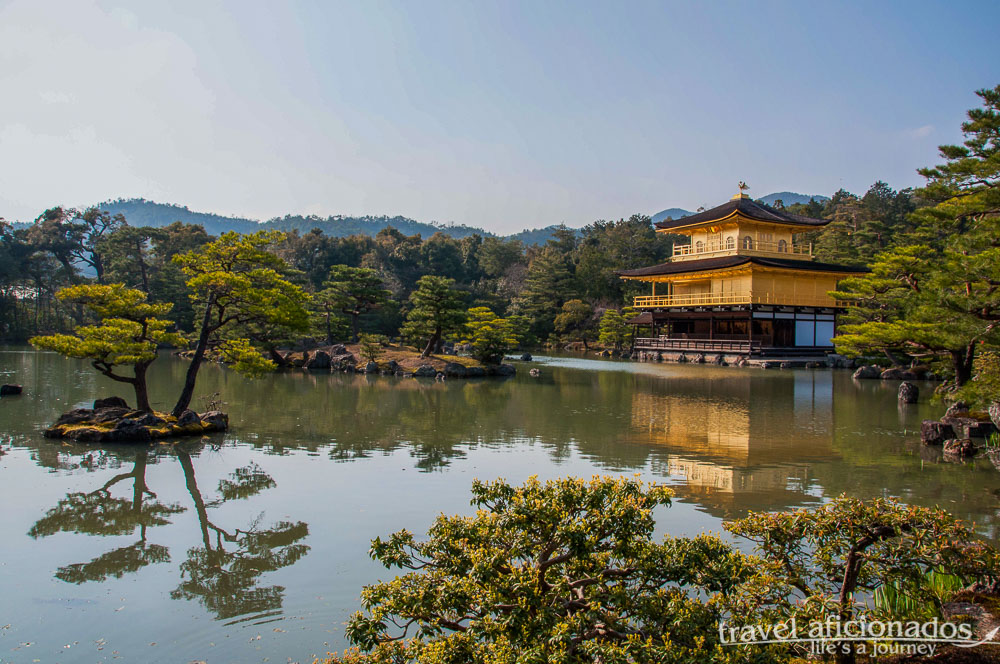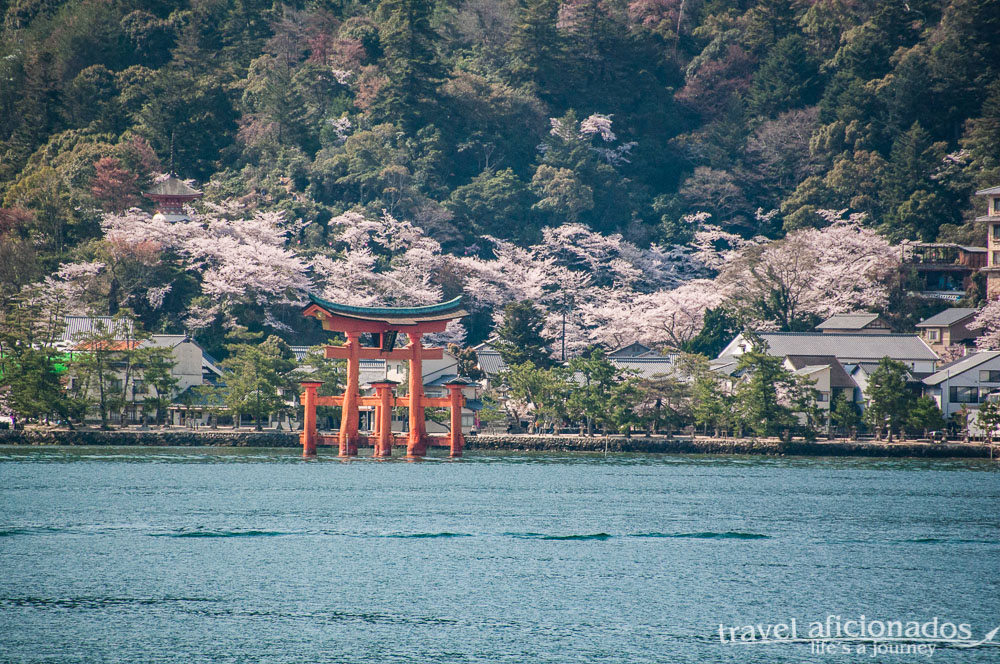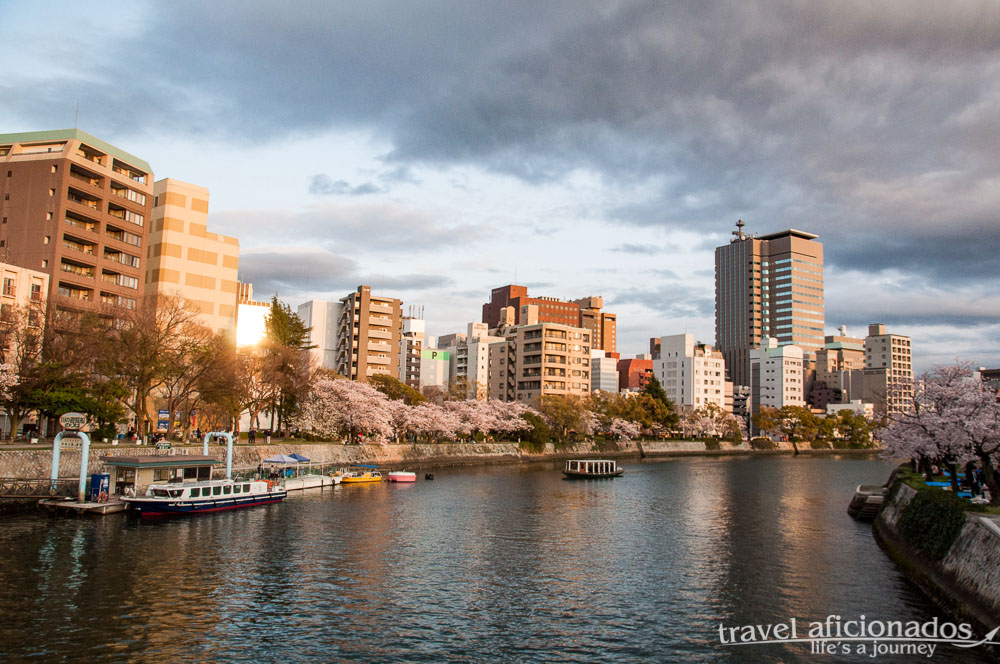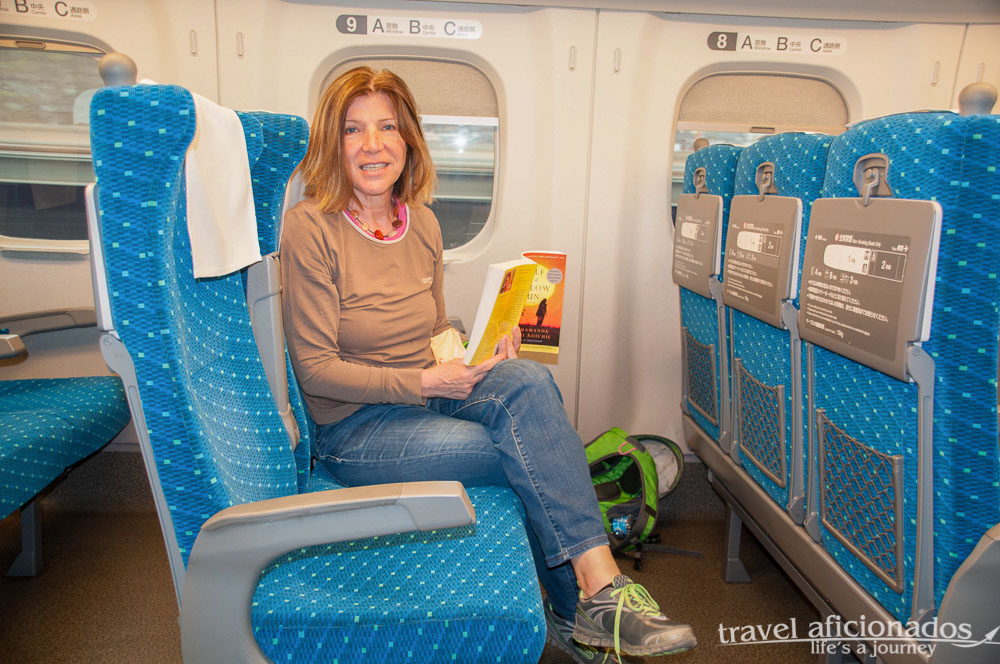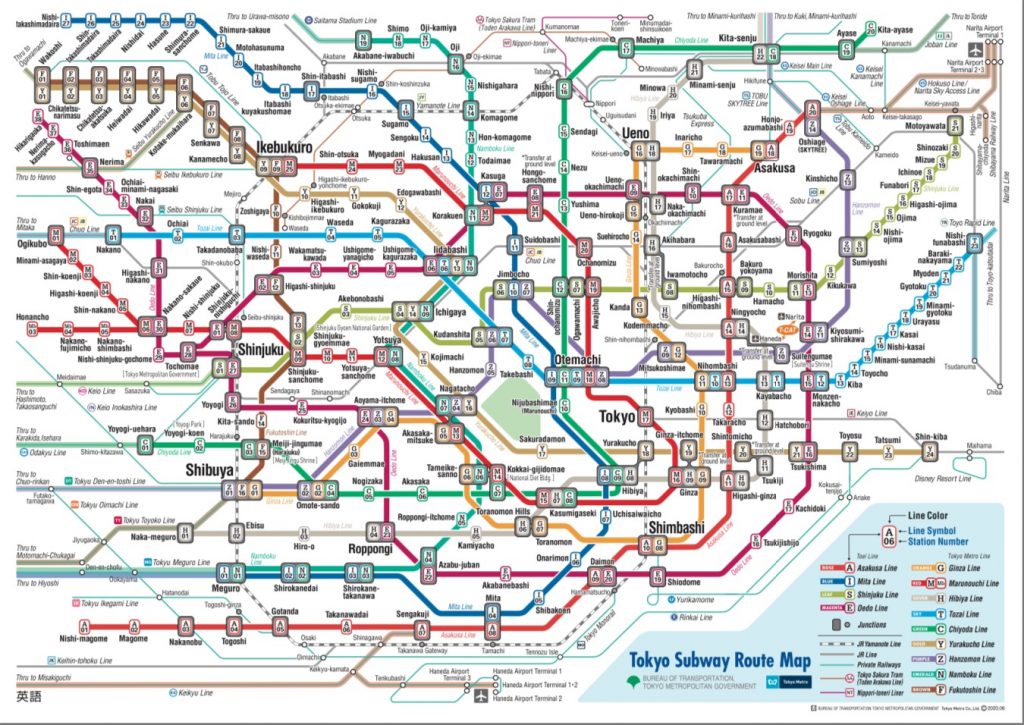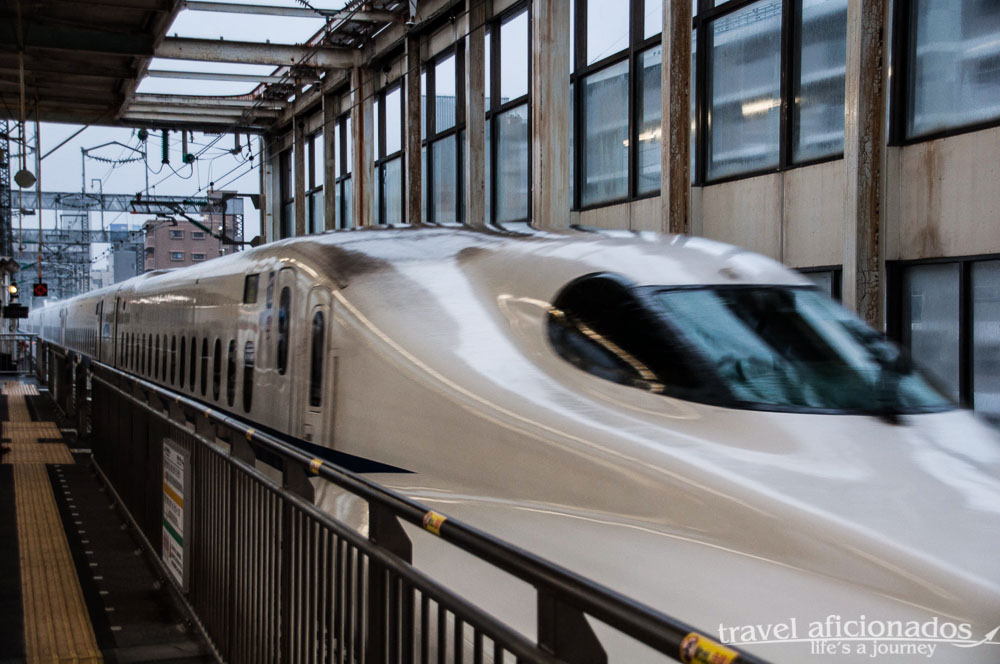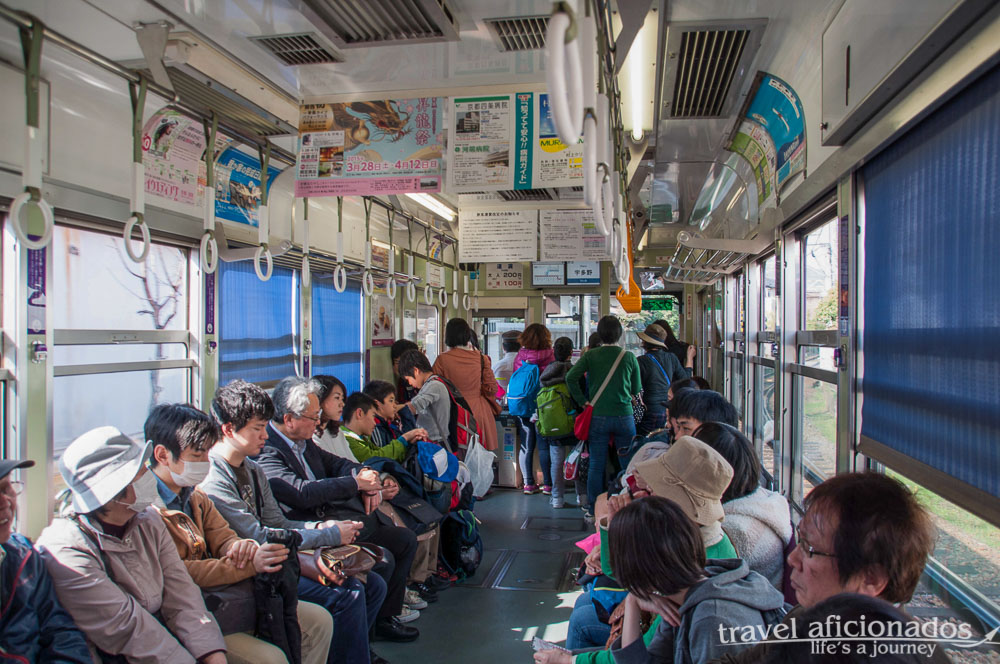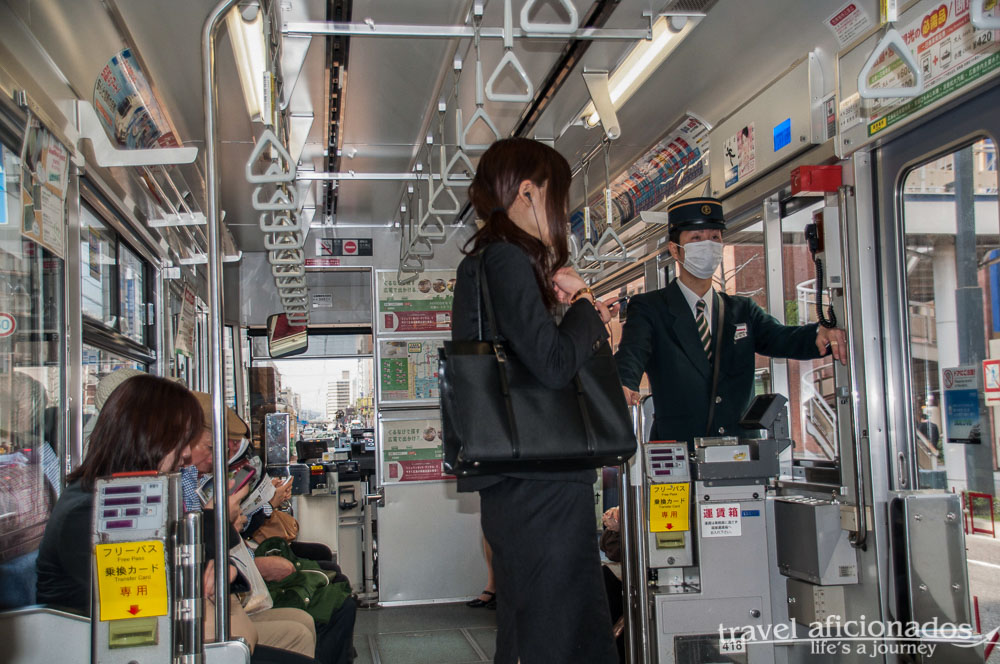Archive | Allgemein
Banska Stiavnica – mining brought riches
October 2021 I was back in Slovakia finishing off what I had missed during my trip in August that very year. This time my friend Barbara came along and our focus was on Banska Stiavnica only, this wealthy mining town in the heart of Slovakia, just a couple of hours from my hometown Vienna.
Kievan Rus – the cradle of Russia it does not want to be
Kievan Rus – the powerful East Slavic state founded in the 9th century – is seen as the beginning of Russia and the ancestor of Belarus and Ukraine. The shining copulas of the many churches and monasteries are clear evidence of Kiev’s historic importance. Nowadays many Ukrainians would rather have all historic ties to Russia cut and forgotten.
Qeshm Island – Iran’s most southern point
You wonder where that place is? An island off Iran’s southern coastline, in the strait of Hormuz. On a clear day you may even see the northern tip of Oman. A very dry place with lots of hidden gems: deep canyons, the most bizarre rock formations and stunning beaches. The culture on this 150km long island is so very different from the rest of Iran. The vast majority of its people are Sunnites, darker skinned than most Iranians and the general feel is more of an Arab country. The lack of large urban centers gives it a rather traditional rural appeal that on the other hand is very relaxed. Quesm Island is also the perfect hub for visiting smaller, nearby islands like Hormuz or Hengam.
Lemberg – Little Vienna in the Ukraine
Lviv, or Lemberg as we call it in German, has been on my radar since I was a kid. I overheard elderly people talking about Austrian soldiers being in sent to Galicia as a punishment. Soldiers of the Austrian-Hungarian monarchy. I listened to stories of people wading in ankle-deep mud, a place at the end of the word, void of any signs of civilization. That got me interested.
Tokyo- bustling and energetic
My friend Laura welcomed me at Narita Airport and we figured to overcome my jetlag let’s explore Tokyo straight away. I dove right in, from peaceful Meji Shrine to crazy Takeshita Street with its Harajuku girls and watching 2,500 people scramble through Shibuya Crossing in one go. Dogs adorned with jewelry and dressed in fancy clothes still did surprise my after all this.
Imperial Kyoto – cherry blossom captial
The old capital of Japan has everything an imperial city prides itself – old Buddhist temples, gorgeous gardens, imperial palaces and Shinto shrines. But above all, Kyoto is most famous for its cherry blossom. In Gion, the entertainment district I drifted under a roof of cherry blossom, dined in traditional restaurants, got tipsy on sake and caught a glimpse of a geisha.
Miyajima Island –Floating Tori
Miyajima will always have a special place in my heart. Yes, the island, features one of Japan’s most legendary sites, the Floating Tori, plus lots of temples and the view from Mount Misen. But what made it really really special and unforgetable, I ran into friend from back home.
Hiroshima – reborn
It was strange arriving in this city that is only associated with unparalled destruction and human suffering. I was irritated by the green, quiet streets, the cherry trees in full bloom. The Ota River rolls by, splits up in many small rivers that form litte islands that much of Hiroshima is built on. Nothing reminds of the horror of August 6th, 1945, when the first atomic bomb was dropped over Hiroshima. A blast equivalent to the power of 15,000 tons of TNT reduced four square miles of the city to ruins and immediately killed 80,000 people. Tens of thousands more died in the following weeks from wounds and radiation poisoning.
Travelling on public transport a la Nippon
Even for the confused tourist it is easy to move around. Perfectly organized, superfast, comfortable, reliable, service-orientated – all these attributes are not enough to do Nippon transport system justice. Once in a while the sheer masses are a bit frightening, not inside the trains, but in the stations. But with everybody being so respectful and considerate, .
All stops are marked in English and announced in clear English. Lots of staff is available in the stations, on busses or streetcars to help, most likely they don’t speak English, but they get you where you want to go by sheer devotion.
For Tokyo and Yokohama, I used the same pass travelling all day on trains, subways and busses. Unbelievable, isn’t it? These passes are quickly recharged at machines that explain the simple procedure in English as well.
In the stations of Tokyos’ metro system barriers prevent people from being pushed onto the tracks.
Most exciting is travelling on the Shinhansen, but I had to stop sitting next to the window. I simply got nauseous looking outside and the scenery racing past so fast.
https://www.jrailpass.com/shinkansen-bullet-trains
Even streetcars, like in Hiroshima move fast, they all run on their own separate tracks undisturbed by cars. My favorite trip was a one-hour tram-ride from Hiroshima to Miyajima-Gauchi, where the ferry leaves for the island of Miyajima. The tram literally raced down the track, despite stopping every 300 meters.
Even buses I mastered. This was most important in Kyoto, since the main sights are in opposite corners of town.
I found it quite irritating in the beginning that people could not simply storm out off a bus/streetcar when getting off but in Japan that is the moment when you pay. Most likely by swiping your pass or dropping the exakt amount in a machine, which Even spliss out your change. In the beginnen I thought this would slow down getting off, but it doesn’t. Because: in the meantime people are getting on through a different door. And as we all know, boarding takes longer, especially when crowded.
What I liked most was the seriousness and dedication of the employees in public transport. They politely say good bye to their passengers and each of their gestures signals it is important for them to do their job well.

